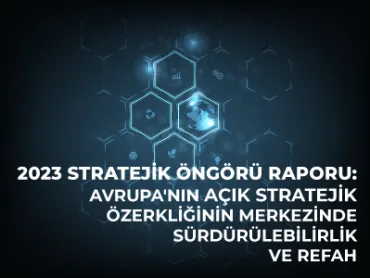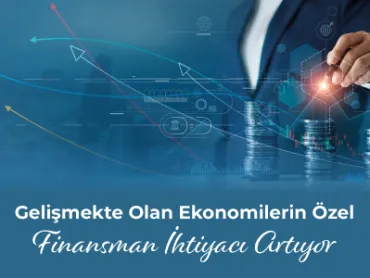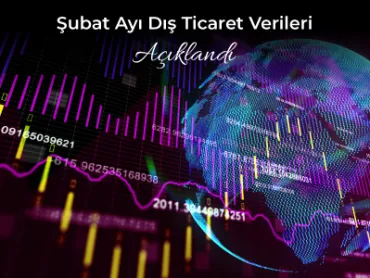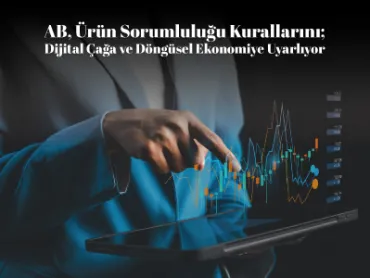
High demand for energy-related critical minerals is increasing pressure on the supply chain.
Critical minerals such as cobalt, copper, lithium, nickel, and rare earths are crucial in producing clean energy technologies, from wind turbines to electric cars. Over the last 20 years, annual trade in energy-related critical minerals has increased from US$53 billion to US$378 billion. However, the high demand for clean technology products is putting significant pressure on the supply chains of these minerals.
Critical minerals are particularly in demand in the production of batteries for electric cars, with each battery requiring up to 200 kg of essential minerals. The battery sector is responsible for 70 percent of global cobalt demand. It also requires aluminum, copper, lithium, nickel, and rare earth elements. Electrolyzers, crucial for green hydrogen production, require several critical minerals, including platinum and iridium, two of the world's rarest and most expensive metals. Rare earths are essential for magnets, a vital component in many electrical machines, especially the most energy-efficient ones.
Many economies, therefore, recognize energy-related critical minerals as essential for the transition to a low-carbon economy. This blog post focuses on the upstream part of the supply chain, where unprocessed minerals are found. Processed minerals, manufactured components, and products made with these minerals are not included in the analysis.
Trade in critical minerals has increased at an average annual growth rate of 10 percent over the past two decades. However, as trade recovered after the collapse caused by COVID-19, growth increased to 37 percent in 2021. With a significant increase in trade in platinum group metals (PGMs) such as rhodium, iridium, ruthenium, and osmium, the value of imports has almost doubled over the past five years, rising from USD 212 billion in 2017 to USD 378 billion in 2022, with these metals recording annual growth rates of up to 72 percent since 2017. Helium and lithium have also recorded impressive yearly growth rates of up to 53 percent since 2017.
Trade in PGMs, rare earths, and other minerals has almost doubled in the last five years, reaching a total value of USD 219 billion in 2022.
Copper imports have grown at an average annual rate of 15 percent since 2002 and 12 percent over the last five years. This growth is mainly due to higher commodity prices and increased imports from the two major importers, China and Japan. China's imports have increased by 24 percent since 2002, while Japan's imports have grown by an average of 10 percent annually. These two economies account for around 72 percent of world copper imports, while China alone represents around 60 percent. However, this upward trend did not continue in 2022, with growth for the significant copper importers showing a slight decline.
China's leading position is particularly notable in copper imports, far exceeding other economies' imports. China also leads in 13 of 17 "earth, stone, and ore minerals" imports. At the same time, the European Union is the world's largest importer of PGMs (Portable Gray Map), rare earth, and other minerals, followed by the United States, China, and Japan.
Export
Chile is the world's leading exporter of critical minerals, accounting for 11 percent of global exports in 2022. Chile is followed by South Africa (10 percent), Australia, Peru, and the Russian Federation (6 percent each).
South Africa was the leading exporter of PGM (Portable Gray Map), rare earths, and other minerals, with a global share of 13 percent in 2022. PGM is mainly mined in South Africa, the Russian Federation, and the United States, while rare earths are mined primarily in China and the United States. The European Union is also a major global producer of magnesite and barite.
GRAPHIC 2
Conclusion
The last five years have seen an acceleration in the trade value of unprocessed critical minerals. Recent commitments to triple renewable energy production at the 2023 COP28 Climate Change Conference in Dubai and the trend towards electric vehicles, which will play a role in reducing greenhouse gas emissions and sustaining the Paris Agreement's goal of keeping the global temperature rise to 1.5 degrees Celsius, are leading to increased demand for energy-related critical minerals. To respond to this growing demand, special efforts will be needed to diversify the availability of essential minerals. Open trade can be vital in the collective effort to support a sustainable transition to a low-carbon economy.
Source: https://www.wto.org/english/blogs_e/data_blog_e/blog_dta_10jan24_e.htm
 Back
Back







